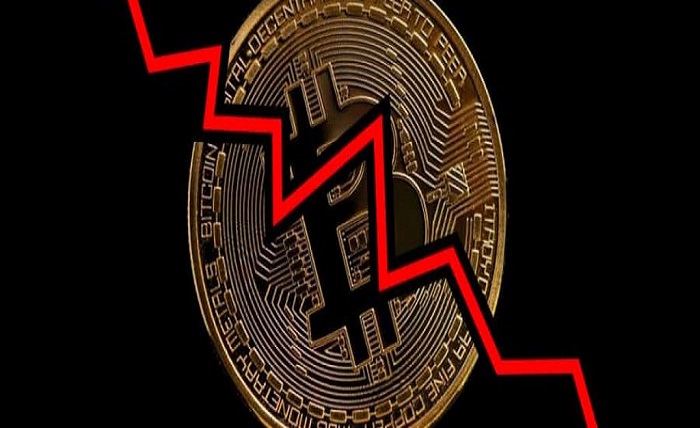Crypto Crash Today: Understanding the Market Turmoil and Its Impact

The world of cryptocurrencies has witnessed its fair share of ups and downs, with price fluctuations being an inherent part of this volatile market. Today, we find ourselves in the midst of a crypto crash, where digital currencies are experiencing a significant decline in value. In this article, we will delve into the reasons behind the crypto crash, its implications for investors, and what the future may hold for the cryptocurrency market.
The Nature of Cryptocurrencies
Cryptocurrencies are digital or virtual currencies that utilize cryptography for secure financial transactions. They operate independently of central banks and are decentralized, providing users with a certain degree of privacy and control over their funds. The most well-known cryptocurrency is Bitcoin, followed by numerous altcoins like Ethereum, Litecoin, and Ripple.
Understanding the Crypto Crash
A crypto crash refers to a sudden and substantial drop in the value of cryptocurrencies. It is often characterized by a sharp decline in prices across multiple digital assets, causing panic among investors. Such market downturns can be triggered by various factors, including regulatory changes, security breaches, market manipulation, or general economic instability.
Factors Contributing to the Crypto Crash
- Regulatory Measures: Governments around the world have been grappling with how to regulate cryptocurrencies effectively. The introduction of stricter regulations or bans on crypto-related activities in certain jurisdictions can significantly impact market sentiment and contribute to a crash.
- Market Sentiment: The cryptocurrency market is heavily influenced by investor sentiment. Negative news, such as reports of hacking incidents, fraudulent activities, or concerns about the environmental impact of mining, can erode confidence and lead to a market downturn.
- Market Manipulation: Due to the relatively low liquidity of some cryptocurrencies, the market is susceptible to manipulation by large players. Coordinated selling or buying activities can create an artificial bubble, followed by a sudden burst that triggers a crash.
- Leverage and Margin Trading: The availability of leverage and margin trading options in the crypto market amplifies the potential gains and losses for traders. During a crash, excessive leverage can lead to forced liquidations, exacerbating the downward spiral.
Impact on Investors and the Market
The crypto crash has significant implications for both individual investors and the overall market. Some of the key effects include:
- Loss of Value: Investors who bought cryptocurrencies at higher prices may suffer substantial losses as the market declines. This can erode confidence in the entire sector and prompt some investors to exit the market altogether.
- Volatility and Uncertainty: The crash creates a volatile and uncertain market environment. Extreme price fluctuations make it challenging for traders and investors to predict future trends, leading to cautious decision-making and potentially reduced trading activity.
- Potential Opportunities: While a crash is generally seen as negative, it can also present buying opportunities for investors with a long-term perspective. Lower prices allow for acquiring digital assets at discounted rates, potentially leading to significant gains in the future.
The Road to Recovery
Recovering from a crypto crash is a gradual process that depends on various factors. Here are some key considerations for the road to recovery:
- Market Stabilization: Restoring stability and investor confidence is crucial. Clear regulatory frameworks, improved security measures, and transparency in the market can help rebuild trust and lay the foundation for sustainable growth.
- Technological Advancements: Continued innovation and development in the blockchain and cryptocurrency space are essential. Advancements in scalability, speed, and security can enhance the usability of digital currencies and attract new participants.
- Widespread Adoption: Broader acceptance and adoption of cryptocurrencies in various industries can contribute to their long-term stability. Integration into mainstream finance, improved infrastructure, and user-friendly applications can drive mass adoption and mitigate market volatility.
Conclusion
The crypto crash today serves as a reminder of the inherent volatility in the cryptocurrency market. Understanding the factors contributing to market downturns can help investors make informed decisions and navigate these turbulent waters. While a crash may be unsettling, it can also present opportunities for those willing to take a long-term perspective and capitalize on the potential of digital currencies.





